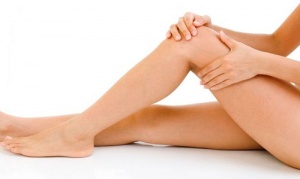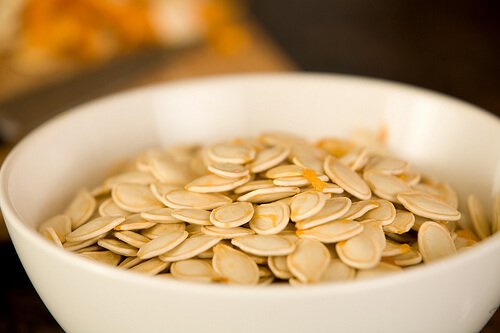Foods that Improve Circulation in Your Legs

Experts estimate that nearly 30% of adults today suffer from chronic venous insufficiency, a condition that usually worsens with the onset of summertime. Tired, heavy legs and dilated veins can cause blood and fluid to be retained in the calves and ankles. These are everyday realities for many women and also the source of considerable pain. Read on and find out how to improve circulation in your legs.
This problem at its core is poor circulation in your legs, a condition that often has a hereditary component. It is, in turn, influenced by a sedentary lifestyle or poor diet. When the veins in the legs lose elasticity, their valves don’t close properly. This causes blood to accumulate in them, and starts the development of painful engorgement or varicose veins.
Can you improve the circulation in your legs to help alleviate these situations? Of course, you can. If you start getting a little daily exercise and add some of the following foods to your diet then you’ll live and feel better. Try them!
1. Vitamin to improve circulation in your legs

Oranges, lemons, and papayas are very rich in vitamin C, and this vitamin can help improve your circulation by:
- Strengthening the veins and capillaries
- Preventing the accumulation of fat in the bloodstream
- Promoting good circulation and reducing high blood pressure and cholesterol levels
- Detoxing the body, preventing fluid retention
- And, finally, strengthening the immune system
2. Ginger

- It’s a natural analgesic, reducing pain and inflammation
- Ginger is a great option for stimulating circulation
- Always consume fresh ginger to take full advantage of its medicinal properties. As a result, you’ll absorb more nutrients and provide more oxygen to your body, which promotes the health and elasticity of your veins and arteries.
See also: Foods that Clog Your Arteries
3. Pumpkin seeds

However, pumpkin seeds are also a natural source of vitamin E. This vitamin is vital for promoting healthy tissue production and, as a result, providing elasticity for your veins and arteries. Aside from that, pumpkin seeds promote better circulation, which helps prevent blood clots.
4. Try a clove of garlic with water on an empty stomach

Read more: How to Make Garlic Oil at Home
5. Watermelon

6. Turmeric

- It’s anti-inflammatory, antiseptic, and a potent antioxidant
- Turmeric will help improve blood flow
- It’s well suited for pain reduction and alleviating the heaviness and pressure you feel in your legs due to poor circulation
Always remember that in order to improve the circulation in your legs you have to eliminate salt from your diet. In addition to that, drink plenty of fluids, and get a little exercise every day. As a result, these small but important changes in your daily habits will help you enjoy a better quality of life. Why don’t you start today?
This text is provided for informational purposes only and does not replace consultation with a professional. If in doubt, consult your specialist.








